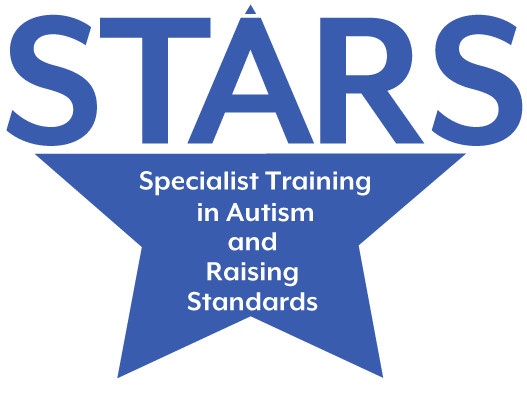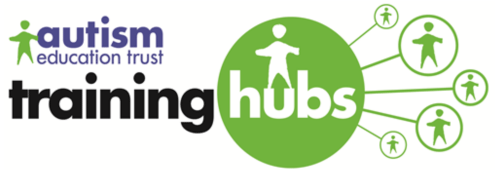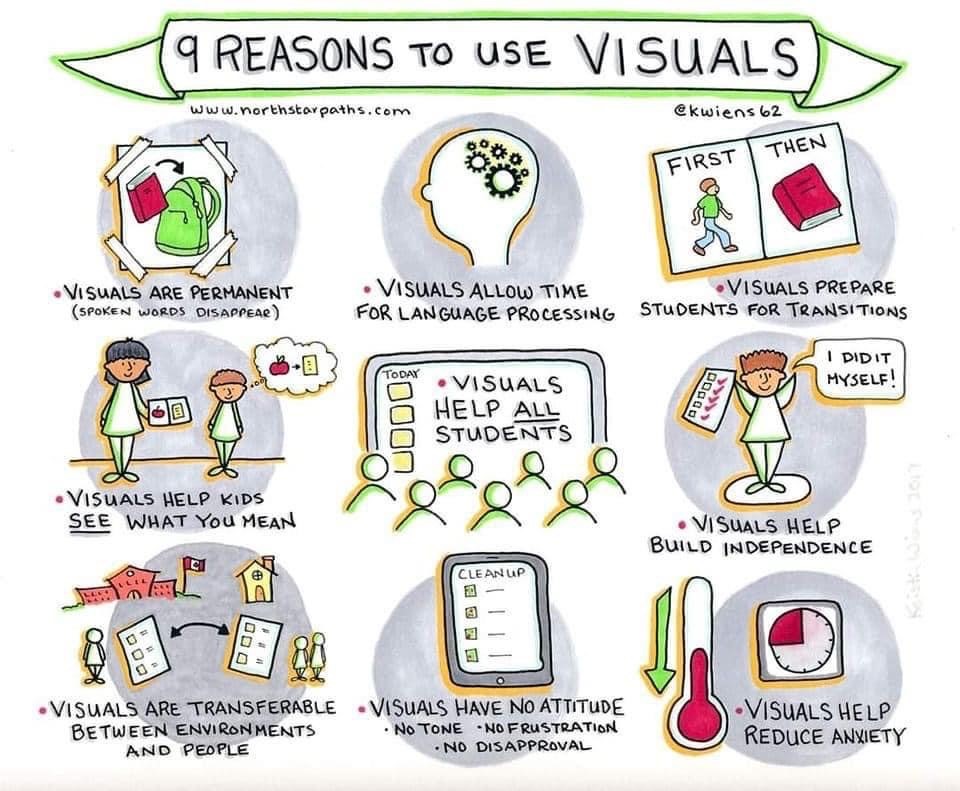Autistic pupils have strengths and differences in the way they learn. For many, verbal input, such as speech, is one of the most challenging modalities, while visual information may often be more easily understood.
Presenting information in a visual way can help to support and encourage the ability to process information, communication, and language development. It can also promote independence, self-confidence and raise self-esteem.
When using visual support it is important to ensure they are appropriate to the individual and in line with their needs and current stage of development. Visual supports are very personal and what works for one pupil may not work for another. Once you introduce a type of visual support (for example, timetable, schedule, cue cards), use it consistently so that the pupil becomes used to it.



